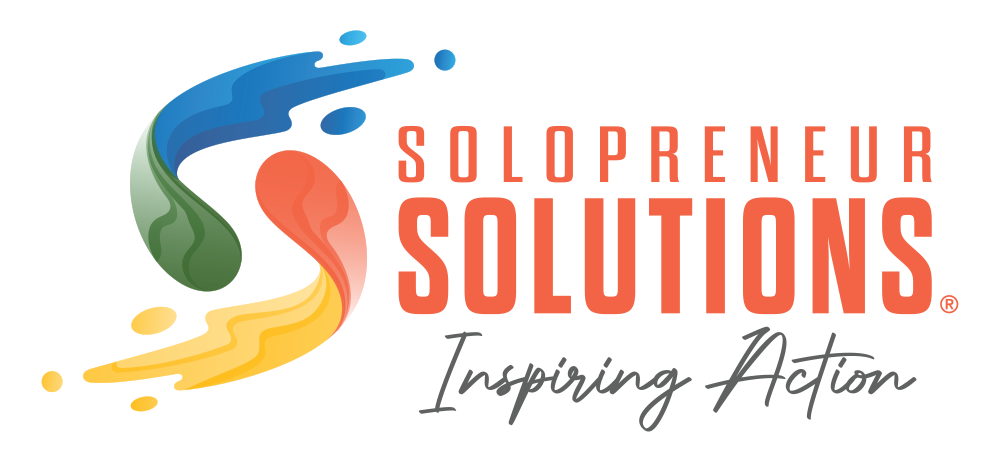Let’s face it: digital media is everywhere. Today’s consumers access information any time and any place they want it. Digital media is steadily blossoming source of news, shopping, entertainment, and social interaction. You are not the only voice talking about your brand; friends, relatives, peers, and the media all have a voice about everything, including your company. And in today’s digital world, those voices are heard and heeded. Because people want brands they can trust to provide personalized service and communication, as well as offers tailored to their needs, your company had better be heavily involved in digital marketing.
What is Digital Marketing?
Digital marketing is an umbrella term for all of your online marketing efforts. Businesses leverage digital channels such as Google search, social media, email, and their websites to connect with their current and prospective customers. – Hubspot
Why is Digital Marketing Important?
Believe it or not, people spend twice as much time online as they did only a decade ago. As a result, people shop and buy much differently. Even offline marketing efforts such as print, television, radio, and billboards all refer shoppers to a website where purchasing is simple and products are delivered right to your door.
If marketing is about connecting with your audience in the right place and at the right time, that place and time is now online. That’s where a majority of people spend their time. Enter digital marketing — basically any form of marketing that takes place online.
The 5 D’s of Digital Marketing
Marketing expert Dave Chaffey, in his popular multi-edition work Digital Marketing: Strategy, Planning and Implementation, speaks of managing and harnessing the ‘5 D’s of Digital Marketing.’ These five items are the basic components of digital marketing. Businesses and marketers need to understand something of each in order to plan and carry out an effective digital marketing strategy. They are:
- Digital Devices– These are the devices our audiences use to connect with our business online: smartphones, tablets, desktop computers, smart TVs, and even gaming devices.
- Digital Platforms– The major platforms that most people use to connect with our businesses, with browsers or apps: Facebook, Instagram, Google, YouTube, Twitter, LinkedIn, Pinterest.
- Digital Media– These are paid communications channels for reaching and engaging audiences: search engines, social networks, email, instant messaging.
- Digital Data– This is the information that businesses collect about their audience.
- Digital Technology– This is technology that businesses use to create interactive experiences on websites, mobile apps, and emails.
Does Digital Marketing Work for All Businesses?
Digital marketing works for any business in any industry, regardless of what product or service they sell. However, each business should implement their own tailored digital marketing strategy that is properly aligned with their values and goals.
Business-to-Business (B2B)
B2B digital marketing efforts generally focus on online lead generation, with the end goal being for someone to speak to a salesperson. Therefore, a wise marketing strategy is to attract and convert high quality leads for your sales personnel. B2B companies will choose business-oriented digital channels and messages.
Business-to-Customer (B2C)
B2C marketing efforts are more focused on attracting customers to a purchasing site and compelling them to make a buying decision without speaking to a salesperson. Instead of ‘leads’ in the B2B sense, B2C focuses on building a buyer’s journey toward the act of purchasing. This strategy will focus on people and relationship-oriented channels and direct product messages.
Do I Need a Big Budget for Digital Marketing?
If your business already operates a website, you’re likely focusing on inbound techniques like SEO, social media, and content creation. With those elements in place, your ongoing digital marketing budget can be lower. Your focus should be on creating high quality content that attracts and benefits your target audience.
For an outbound strategy like online advertising and email lists, there is some expense; your time and efforts or resources you expend for others to do so. Depending on how competitive your chosen keywords are, PPC is a bidding game with the sky as a limit. The higher the demand for a keyword, the higher the price. A good tactic is to focus on building a strong organic reach, with paid services as a regular but secondary expense.
How Long Before I See Results?
With digital marketing, it’s easier to measure ROI, so your results can be seen pretty soon after beginning your campaigns. Most companies measure every 30 days to ascertain how effective different campaigns have been and what needs adjustments. Advertising in the digital realm is more about building and nurturing relationships than clicks and sales.
Consumers must be lead into your sales funnel and guided along the decision-making and buying process until they make a purchase. If paid advertising is part of your digital strategy, then the results show up quickly. Most digital marketing experts recommend building your organic (free) reach using quality content, SEO, and social media interactions to achieve the long-term, sustainable success for which all businesses seek.
This Ultimate Guide to developing sales funnels will be helpful.
What kind of digital marketing tips and strategies have you implemented with success in your business? Why not share them in the comments below so our readers can benefit from your experiences?
